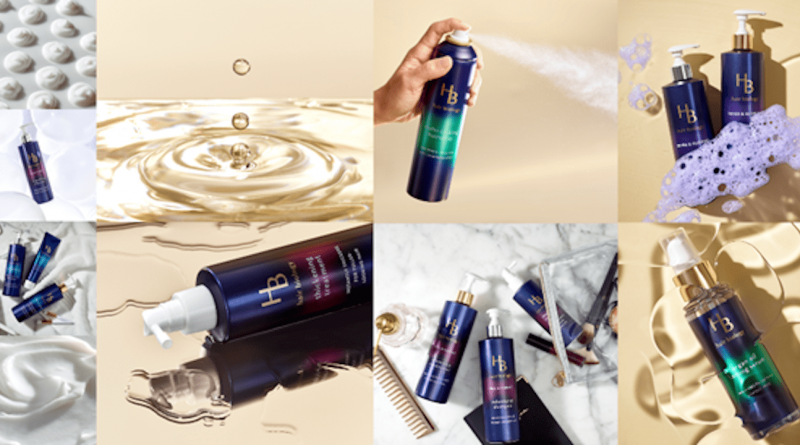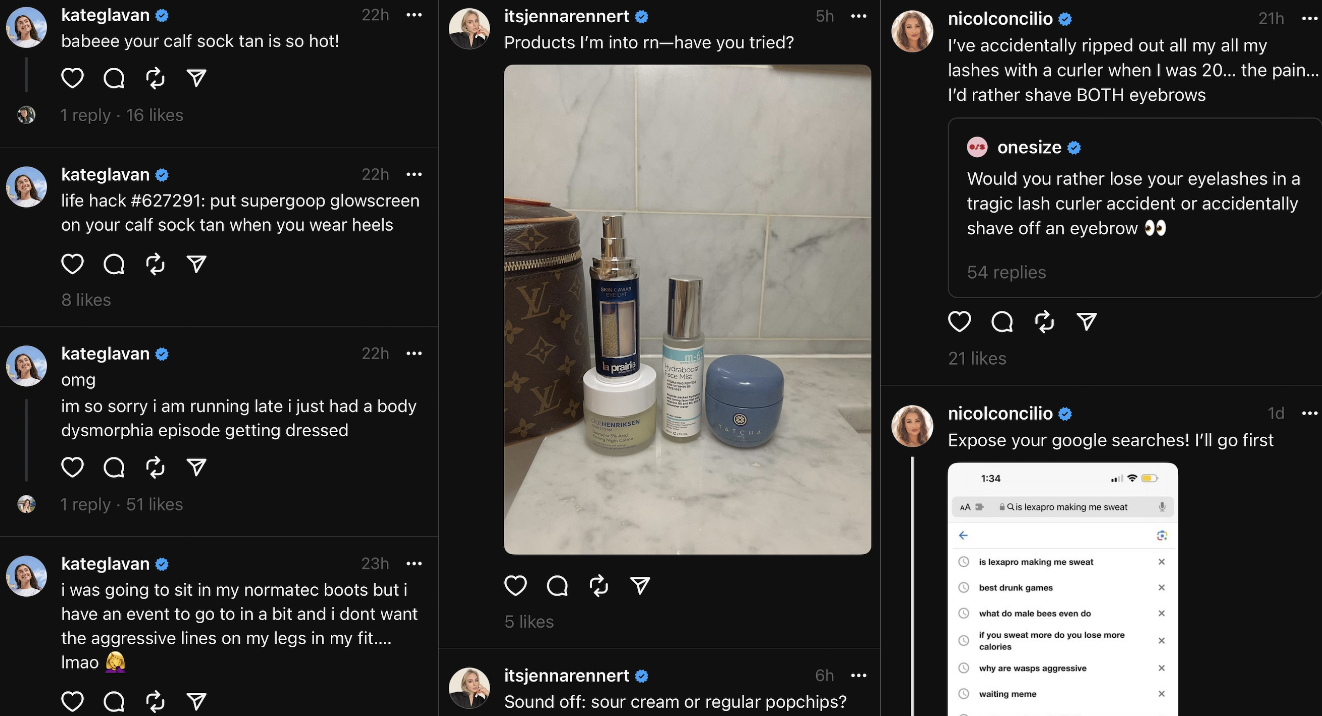It is finally hair care’s big moment, but where does it go from here? – Glossy
After decades of playing a subordinate role to makeup and skin care, it appears hair care is finally settling into its moment.
Though hair is the smallest segment of the larger beauty business, in the latest NPD results, it also had the smallest decline in net sales of 10% year-over-year to just over $197 million in second-quarter results. For comparison, makeup fell by 52% in the last year and skin care declined by 18%. Because of Covid-19 stay-at-home orders and a shift in consumer behavior, hair care also saw one of the greatest increases online, experiencing 95% growth, per NPD. In Ulta’s second-quarter earnings, announced last Thursday, hair care remained flat year-over-over during coronavirus, at 21% of Ulta’s $1.2 billion net sales; cosmetics, meanwhile, declined 4% to 47% of the business.
Some of the wins in hair are clearly because of the boom of the at-home market since salons are still experiencing a fragmented and uncertain future, particularly as it relates to hair dye. And beauty deal activity in hair care has also picked up: In August, Morphe acquired clean hair brand Playa, which reportedly had been trying to raise capital for almost a year, according to industry sources, and Aquis secured Series B capital from Springboard Growth Capital and True Beauty Ventures. Tevya Finger, CEO of Luxury Brand Partners, previously told me that he that expects companies like L’Oréal and P&G will end up acquiring some of these successful younger brands to hit their revenue targets by year-end. LBP has had significant hair exits in the past: It sold Oribe to Kao for a reported $400 million to $430 million in 2017.
A bigger win for hair is the trickle-down effect of skin care, or the “skinification” of hair, as my colleague Emma Sandler put it. That appears to be the long-term play of indie brands like R+Co, Virtue Labs and Aquis, as well as conglomerates like Henkel through its digital-first CBD brand Wellphoria. Better ingredients in hair care seem to be an obvious play as clean beauty becomes a more significant part of the pie. But what is difficult is convincing non-beauty junkie consumers to pay a higher price tag for a wash-off product. For example, Aquis’ shampoo and conditioner are $26 each, and Virtue Labs’ shampoo and conditioner are $38 and $40, respectively, for full-size bottles.
As the attention on hair care grows — both from consumer and business standpoints — aging consumers provide another, ample opportunity to grow the segment. According to the American Academy of Dermatology, hair becomes thinner after menopause, just as skin appears looser, more wrinkled and drier (menopause typically occurs at the age of 51). The AARP found in a 2019 national survey of 2,000 women that women ages 50 and older spend $22 billion a year on beauty products, and 70% of those ages 40 and older want to see more beauty and personal care products for perimenopausal and menopausal women.
“There is a lot of effort put toward these young, fun, millennial or Gen Z brands, but not a lot of traction for the older woman who knows what she wants from a product and has tremendous spending power. The structure of hair, like skin, fundamentally changes as you age, and it needs to be talked about more. The customer is ready for it to be talked about more,” said Jen Thompson, P&G senior brand director. P&G sees ‘skinification’ as a trend, as evidenced through its latest incubated brand Hair Biology, which is for women 50 and older. The line launched exclusively with Target in June; the 10 products in the range each retail for $9.99.
Of course, indie brands like Better Not Younger got there first. Better Not Younger launched DTC in March 2019, and now has distribution with Sephora and HSN. With virtually unlimited bank accounts, big CPG companies have tried their hand at incubated indie brands before in hair. Still, few have had the success of a brand like Unilever-owned Love Beauty and Planet, which reached $100 million in sales as of December 2019. Love Beauty and Planet conveyed in marketing and in-store that its products were part of the clean movement, and at a fraction of the cost.
Dan Langer, president of Luxury Brand Partners’ R+Co, questions if products can merely sit in a store environment and sell today. “The two biggest differences to me are heritage and education,” he said, defining the difference between premium brands found in salons or Sephora, and those found in Target, Walmart or CVS.
“Who influenced the brands or opined on performance or ingredients? And, who is going to teach the customer how to use the products?” he asked. “Perspective and technique are what make products exceptional. It doesn’t matter where you find the product; what matters is how much love and thought went into the creation of them, and what the right product is for you.” Most recently, R+Co added colorist Richy Kandasamy as the latest member of its stylist and colorist cooperative R+Co Collective to bring newness to the company’s color portfolio with his products. In May, the brand inked a deal with celebrity stylist Ashley Streicher for a collection.
Thompson said the key to a brand succeeding is two-fold for P&G: the size of the target market (in the case of Hair Biology, women over 50), and the placement in essential doors that offer scale and have remained open through the pandemic. Hair Biology’s site redirects to Target, and to make the line stand out in stores, the font size on product packaging is 70% larger than typical P&G beauty brands, and is ergonomic for older shoppers. Full-size Target store displays feature models that are 50 and older. The latter is used to entice customers who aren’t used to seeing themselves in marketing or advertisements. For UGC opportunities and community building on social media, Hair Biology also uses influencers like Lisa Hale, known as The Silver Stylist, and Janie Medley, aka Medleystyle, as well as Hair Biology’s own product development team (8 team members are 45-plus) and its 3,000-women at-home testing group.
“Today, the idea of incubation is evolving and has to feel worth it and big enough from a market point of view,” said Thompson. “All types of skin-care products, from sunscreen to eye creams, talk about aging, and you’re taught about it when you are a teenager or in your early 20s. This kind of education can have a big impact on hair.”
The question for brands, conglomerates and retailers today is: Which hair brands will pop to become the next category leader? Is there a hair brand that can be a version of Drunk Elephant or Tatcha, and catapult the conversation in a Covid-19 environment? Or can a lot of smaller brands (and their possible acquisitions) make the segment all the more compelling?


